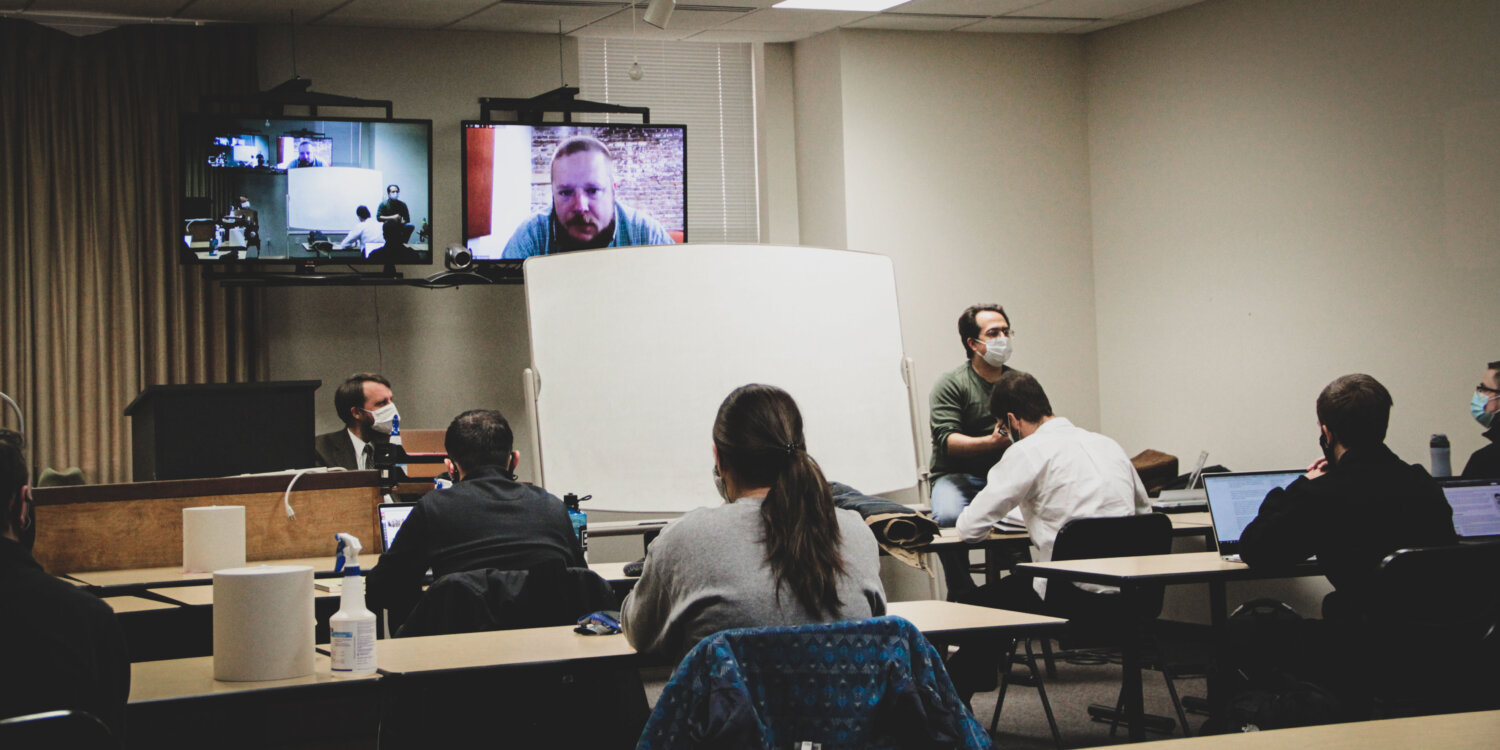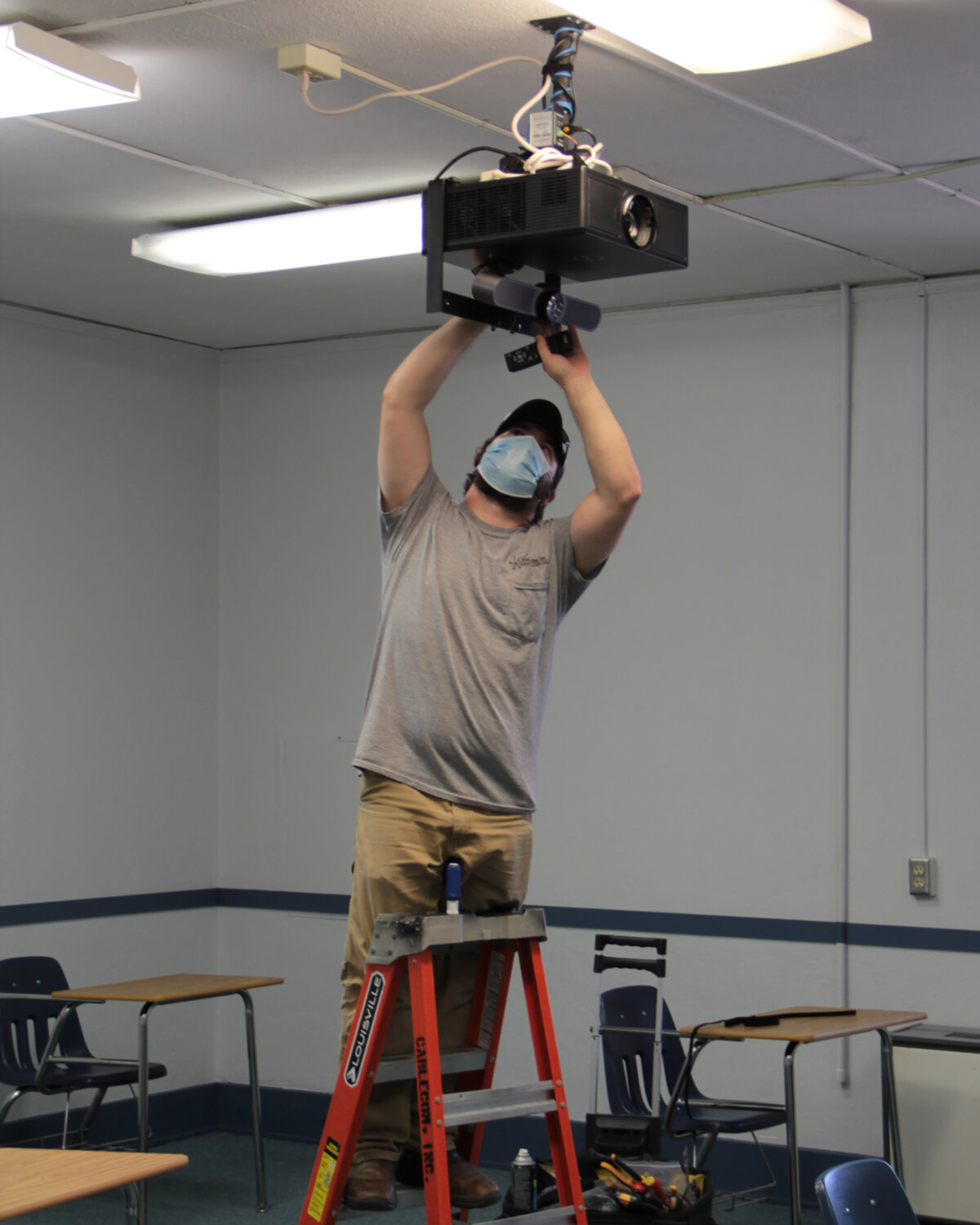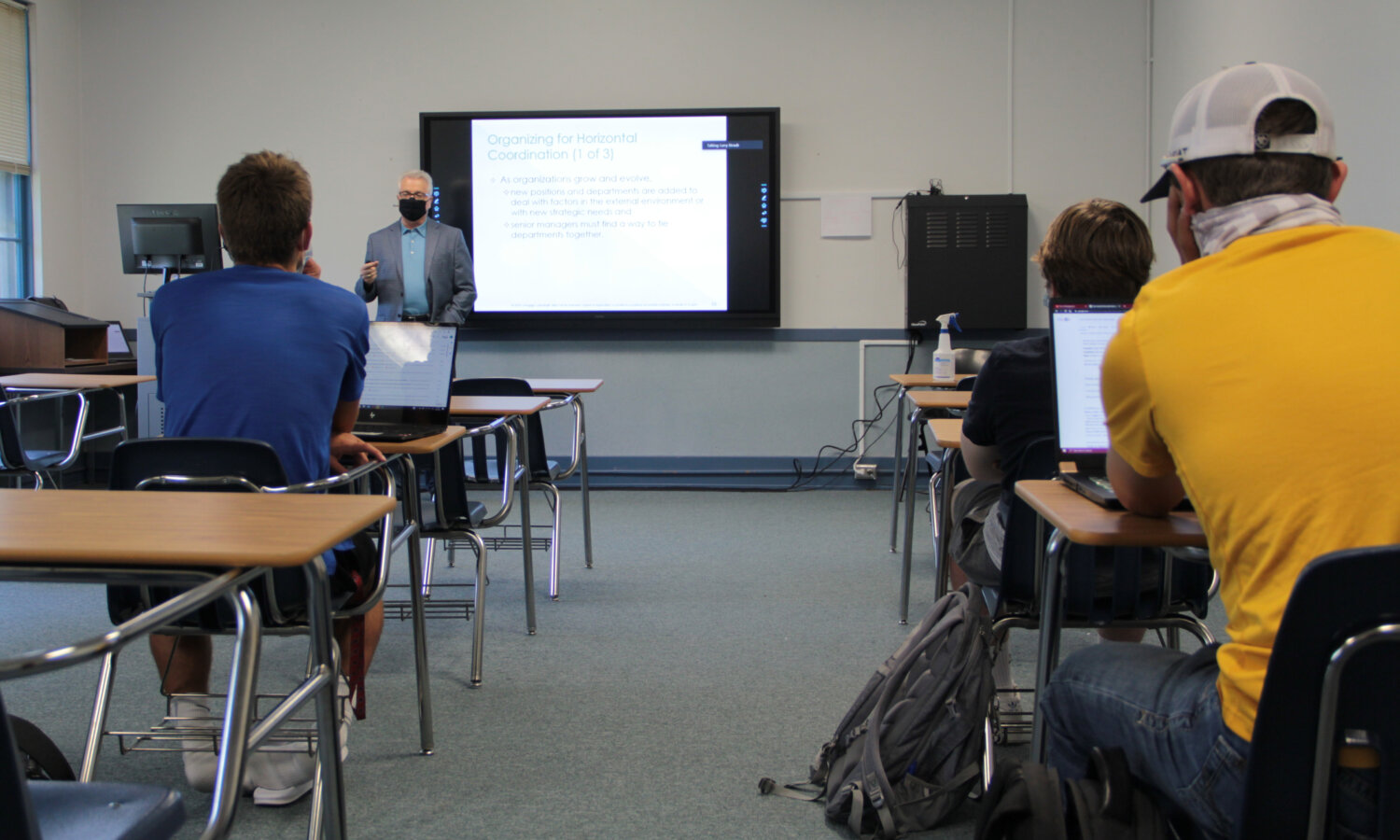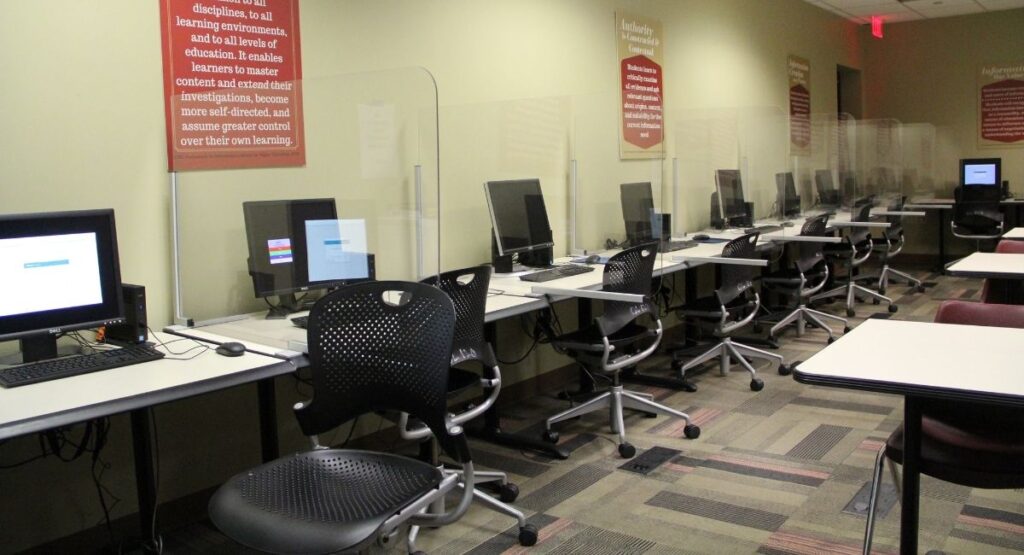
Delivering online learning in a pandemic
by Scarlett Cannata
Moving an entire university solely online in the middle of a semester came as a bit of a shock for most of the world.
Newman was not alone in having to adapt to a completely new workflow in order to teach students through an online format in March 2020.
The Information Technology (IT) department was arguably hit the hardest with the task of preparing to deploy an online learning format, though the time and effort of faculty and staff drove many decisions.
In March, challenges arose not only for students, who had to adapt to a new learning environment, but also for staff and faculty who had to deliver that environment.

When the Newman campus was shut down, the IT department got busy upgrading the phone system and purchasing laptops for at-home staff and faculty. They deployed all new VPNs to staff across campus and expanded VPN services and providers to meet the increasing demand. This allowed staff and faculty the ability to access the files and servers on their work computers from home.
This experience was great practice and preparation for continuing to offer fully online, hybrid and in-person classes for the fall 2020 semester.
Chief Information Officer Icer Vaughn said the IT department found the logistics of synchronous learning and supporting staff and faculty remotely to be the most difficult tasks.
“A surprisingly big challenge was configuring certain staff members’ office phones for remote access,” he added.
For most, working from home didn’t just mean firing up an old laptop — most needed access to secure servers, office phones and specific technology and software they had on campus.
The IT department spent countless hours and effort providing much-needed support from March through the beginning of the fall semester.
A significant amount of planning went into preparing for the fall 2020 semester.
To start, faculty focus groups were formed to help drive decision-making. One was focused on COVID-19 response and classroom instruction and another was focused on new technology needs.
Vice President for Academic Affairs Kimberly Long said the first group “reviewed 15 different modalities of instruction to deal with a pandemic and made recommendations. The deans did the same and then we compared and discussed areas of similarity and difference.”
Faculty were able to give input and raise important questions. They also agreed to an aggressive calendar for planning for the return to campus.
The other faculty group devised and agreed upon a plan to refresh technology in specific classrooms.
More decision-making included discussing how to keep students physically distant and have highly engaged instruction. These conversations included faculty, program directors, chairs and deans.

Each classroom was measured and re-evaluated for maximum capacity. Newman University worked with local architect Randal Stein to ensure best practices were followed.
One major undertaking was revising the course schedule. COVID-19 threw a cog in the complex machine that was hundreds of courses carefully scheduled for maximum ease and maximum capacity.
This semester, class sizes had to be decreased due to the sizes of the rooms, online and hybrid options became available for many classes and someareas of campus were flipped into classrooms to allow for larger class sizes.
Classes are being held in the Dugan-Gorges Conference Center, Mabee Dining Center, the Performance Hall and Jabara Black Box Theatre to maximize the number of students served while adhering to physical distancing guidelines.
In July, inventory of all learning spaces was taken in order to identify sanitation needs. Plexiglass barriers were installed in various classrooms and areas of campus, sanitation stations were set up in every hallway and new furniture was ordered to accommodate physical distancing and new classroom spaces.

The Office of Instructional Technology provided dozens of professional development sessions to help traditional faculty transition to the learning management system Canvas in a nearly impossible short timeline. That professional development extended into weekly professional development sessions throughout the summer to get ready for fall.
As far as technology upgrades, cameras were added to various rooms to allow for simulcasting and hybrid learning and Smart Room equipment was also added to various classrooms. A plan to provide all full-time teaching faculty with a laptop was rolled out as well.
Zoom licensure was expanded to every member of faculty and staff who needed it.
Vaughn estimated all of the updates to technology and software took approximately $100,000.
Students have voiced their thankfulness to the university for taking steps to keep them safe and healthy this semester. They are also thankful to return to some sort of normalcy seeing their friends, hosting events and spending time on campus.

